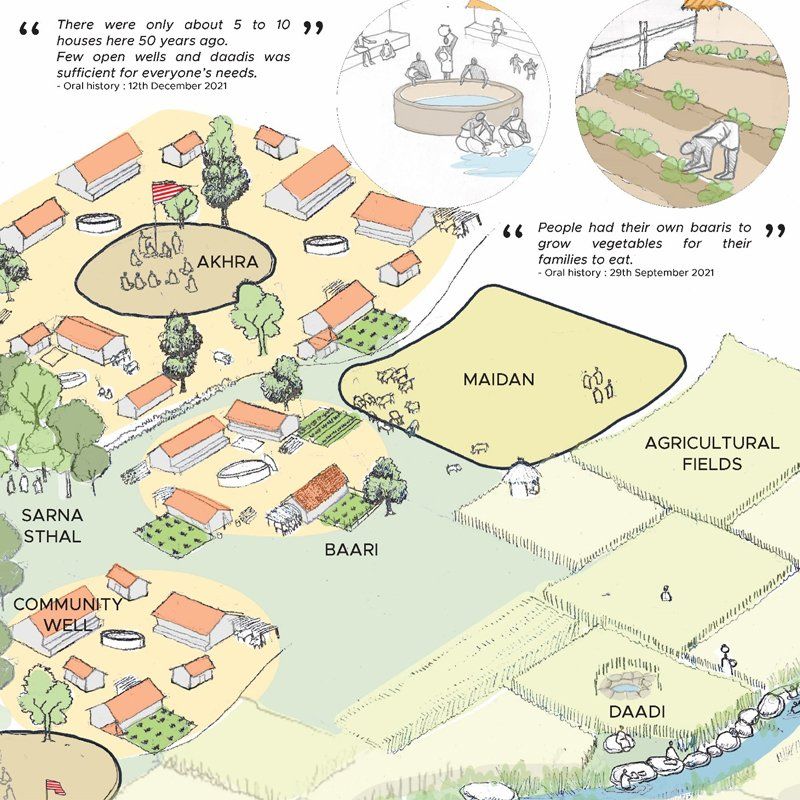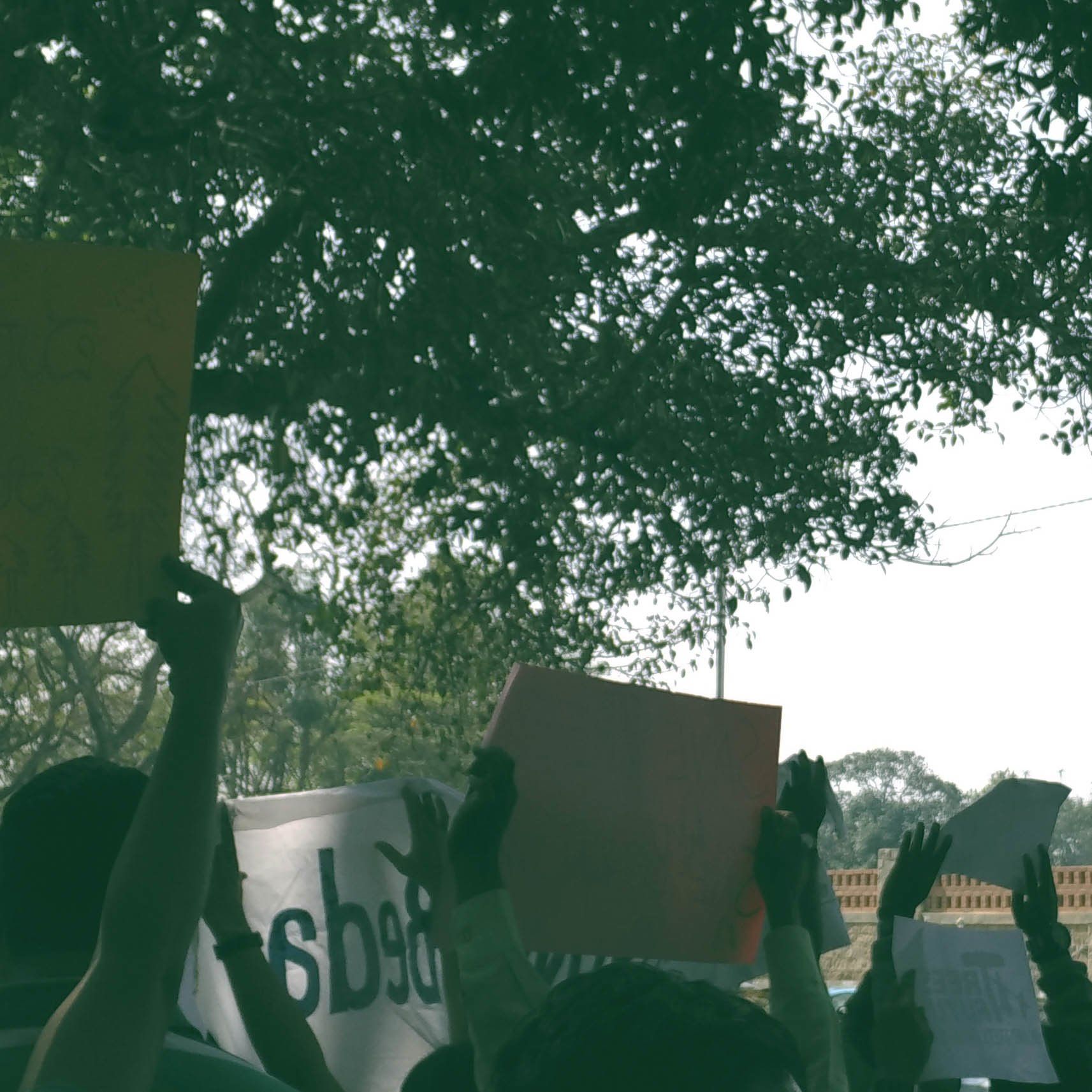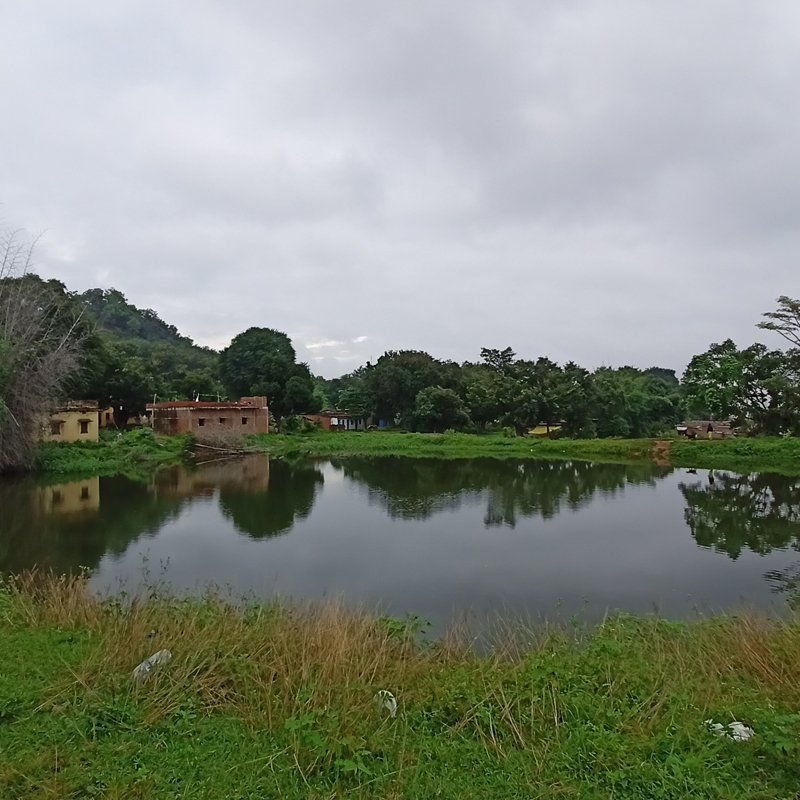Bengaluru, sans a city plan
Dr. Anjali Karol Mohan for Deccan Herald • October 13, 2019
As of 2019, the city of Bengaluru is supporting an estimated population of 1.3 crore. The city’s provisional (Draft) Revised Master Plan (RMP), 2031 projects a population of 20 million for 2031. So how does the city, its administration and its citizens prepare for these numbers?

The draft RMP sought to lay out a blueprint with this precise objective. Amid severe criticism from the public, the plan has been in abeyance.
Media reports on the cancellation of the first phase tender for the controversial elevated corridor and the introduction of dedicated bus lanes in 12 high-density corridors by November 1 signal the government’s intention to lend an ear to citizens’ demand and resolve pressing challenges in the city.
If seen through, both these are merit-worthy although their reactionary nature cannot be ruled out. Steering Bengaluru’s growth and development proactively continues to be the need of the hour. An appropriate and effective planning exercise, and by extension, the plan itself — RMP 2031 — can address this need.
The draft RMP 2031 is not devoid of civil society and judicial activism. The draft was opened for public comments and suggestions in November, 2017 for three months. The government received 13,000-odd comments, a dismal number for a city of 13 million that prides itself of heightened awareness.
In addition, there is a case in the Karnataka High Court questioning the legalities of drafting the RMP 2031 on the premise that as per the 74th Constitutional Amendment Act, 1992, the Metropolitan Planning Committee (MPC), and not the BDA, should prepare the plan. The suggestions were scrutinised through a government-appointed six-member committee and were shared to assist plan finalisation.
The RMP 2031 (to replace the RMP 2015) is delayed by four years. In its absence, the RMP 2015 continues to act as the blueprint for the city. The choice between a weak and faulty RMP 2031 and an outdated RMP 2015 is akin to a choice between the frying pan and the fire.
The need for a revised updated planning tool cannot be overstated. Suffice to say that the RMP 2031 in its current avatar does not serve the purpose. Yet, the work so far has led to, at the minimum, an updated i) collation and analysis of data sets that were otherwise siloed within state departments; ii) mapping of the city; iii) demographic analysis; iv) an integrated analysis of traffic and transport and land-use planning seeking to prioritise mobility; v) a first time heritage listing in the city, to mention a few. In sum, the base data and some fundamental analyses exist, although, very soon, it will be outdated.
Reportedly, public money to the tune of Rs 10 crore has been spent on the work done so far. The new government must ensure that the city has a viable plan, one that finds agreement with the numerous stakeholders in the city.
Given the baseline data and the need to end the impasse, the government should commit itself to short and longterm action. Suggestions for the short-term action include:
1)Formulating a relevant and appropriate vision for the city supported by a development strategy;
2) A proposed land-use map that flows from the vision and the supporting strategy;
3) Zonal regulations that support the vision and the proposed land use normatively, are practical and easy to implement; and,
4)Most critically, laying down plan implementation and monitoring frameworks as most plans fail on this dimension.
Initiate a notification
In parallel, as long-term action, the government must initiate a notification of the MPC at the metropolitan region level (8,000 odd sq km comprising of several municipalities and panchayats) as against the current notification at the metropolitan area level (1,200 odd sq km comprising of Bengaluru and several panchayats), integrate the Unified Metropolitan Transport Authority (UMTA, discussed in the Draft Bengaluru Transit Oriented Development policy) and equip the BBMP to take on the planning functions for the city.
In doing so, it will respect the spirit of the 74th CAA, 1992 which mandates that the MPC provide a framework for the RMP 2031 (and not prepare the RMP 2031 as argued in the writ petition) and the BBMP prepare the RMP 2031 through its ward committees as a bottom-up process.
The preparation of the RMP 2031 was outsourced to a consortium of consultants. Clearly, the delivery has failed for various reasons. A possible corrective measure would require the government to set up a steering committee (comprising of trained planners /urbanists) and a team of consultants to draft a forward-looking plan.
Together, the committee and the consultant should institute a process involving dialogue and negotiations among stakeholders seeking an actionable consensus.
The time is ripe with the new government showing a keen interest, the transit-oriented development (TOD) policy awaiting finalisation and the ward committees getting into action. The Bangalore Metropolitan Region Structure Plan, 2031 provides the statutory guidance framework.

Being a member of the Adaptation Research Alliance, ARA (a global, collaborative effort to increase investment and opportunities for action research to develop/inform effective adaptation solutions) and an ARA Micro grantee, Integrated Design (INDÈ) was invited to organise a networking session at the Global Gobeshona Conference-2 (conference theme: exploring locally led adaptation and resilience for COP27). The networking session was titled ‘Situating Urban (City) Resilience within the City-Region’ and was held on 1 April 2022.

The online magazine SustainabilityNext carried an article by Benedict Paramanand titled “Has Fatigue Set into Civic Activism in Bengaluru?” The article caught my eye amidst the Covid 19 humdrum as I was looking for alternative news. I have been actively engaged in the debates around the (ill)growth and mis(management) of Bangalore for over two and half decades in my capacity as a professional planner straddling civic society, public policy circles and academia. The article revived in my mind some thoughts and suggestions that I articulate here. The attempt is not so much to answer the question, as it is to understand the shortcomings and limitations of civic activism in steering the complex politico-socio-economic and cultural layers that make up a vast conglomeration like Bengaluru. A disclaimer here merits mention. The premise that no individual stakeholder, public or private, has the knowledge and resources to tackle the wicked problems underpins successful governance arrangements. What this premise implies, by extension is that all stakeholders – public or private – have limitations. Civic Society (CS) is one amongst the numerous stakeholders that have a role – by no means a lesser one- to play. Yet, there are limitations to this role. While these limitations are embedded in the very nature of operation of the CS, there are conscious ways and means of overriding some limitations to move towards a larger impact. Bridging limitations is a critical need. Much of what I articulate while contextual to Bengaluru, perhaps holds true for civic activism across domains and geographies. To begin with, a critical question requiring reflection is the difference between civic activism and the much advocated (in (good) governance debates) Civic Society Organisation (CSO) engagement. These generally get clubbed in one category – while in theory and practice, that is not the case and therein lies the first limitation. Activism defined as direct vigorous action especially in support of or, in opposition to, one side of a controversial issue is willy-nilly an act of reaction. Reaction often leaves little space for taking distance and exploring the systemic cause of the challenge – the challenge itself sets the agenda. In contrast a proactive engagement of the civic society, through progressive partnerships while also triggered by a challenge is different in that the challenge is anticipated and therefore the agenda is set by civic society themselves. In Bengaluru, protests against the state-imposed flyover (# steelflyoverbeda ) and elevated corridors (# TenderRadduMadi ) is an example of the former. In contrast, the long-standing work on the ward committees which has seen some traction in the recent past – albeit slow and tardy – is an example of the latter. Having started as a proactive CSO engagement, the movement for neighbourhood planning and governance through ward committees (# NammaSamitiNamagaagi ) in the recent past has bordered on being reactionary, thereby hinging on activism. Although an ‘always proactive approach’ is not possible, given the capacity of our government to spring surprises, it is critical that the CS begins to move towards a proactive stance. There will always be a non-uniform interplay between being reactive and proactive. A second limitation, linked to the first, is the lack of capacity of the CS to act on relevant and practical evidence. This will require the CS to open their doors and develop progressive partnerships, including partnerships with policy makers, professionals (note that I do not use the word experts) and academia. An all-time reactionary mode of operation allows neither for collaborations nor evidence. Evidenced advocacy and conversations require domain knowledge (experienced domain knowledge is even better) which can facilitate knowledge production and mobilization. Activism hinges on passion (amongst other drivers) which is not the same as domain knowledge and knowledge mobilization. Both passion and domain knowledge have a role, yet the two can neither replace each other nor should be confused. Rather, passion that pivots on evidence and knowledge is a double-edged sword, one that has the capability to steer reactionary behavior to an informed proactive engagement. Such a move will serve to, over a period of time, course correct policies that are currently influenced by dominant political structures, electoral volatility and elite capture, as against being evidence based. A third limitation that needs consideration is the nature, purpose, goal and objective of the civic society coalition/group. Most often mobilisation is around a seemingly common purpose, goal and objective. For instance, groups that coalesced against large infrastructure projects as mentioned above or the demand for footpaths and public transit (# BusBhagyaBeku ) and sub-urban rail (# chukuBukuBeku ) are not homogeneous. It is often a mixed bag as against an imagined and perhaps desired integrated unit. Underpinning this pursuit of collective goals and objectives are individual desires, identities (which in themselves are multiple), beliefs, perspectives and previous experience, all of which are critical drivers, often leading to fragmented voices. This fragmentation notably, also derives from the inability to use evidence or domain knowledge. Elitist Activism Furthermore, activism in itself is and can be elitist. When linked to high levels of access it can be potentially hampered by what is referred to as ‘elite capture’. There are two types of activism: elite activism stemming from mobilization of charismatic individuals capable of getting their voice heard. Mass activism, in contrast, is where the general public, the haves and the have-nots, mobilize collectively. The two are not mutually exclusive, although both are critical. Barring a few occasions, Bengaluru’s activism has been elitist with a few voices that can access public policy corridors and therefore get heard. Consequently, consciously or unconsciously there is a leveraging of public policy for personal or limited gains (to a neighbourhood or a community). Activism is a luxury that not everyone can afford. Those who can afford it have a dual responsibility of using it to build bridges by roping in knowledge and experience on one hand and ensuring inclusion by creating spaces and opportunities for mass activism, on the other. The current modus operandi lacks on both counts. These shortcomings have led to what is being referred to as limited success, although limited from whose lens and success for whom is an additional enquiry, one that merits a separate post. What I do concur with is that at best the city has seen some cosmetic changes. Let me take the same two examples the article uses to demonstrate a going forward beyond cosmetic progress. First are the lakes in Bangalore that have seen a fair bit of activism. In many neighborhoods, thanks to the many charismatic residents, lakes have been claimed as better maintained natural resources. But for the initiatives of a few citizens, many lakes would have morphed into real estate projects. Yet, the same groups have done little to engage the larger neighborhoods to ensure that these natural resource ‘spaces’ become public ‘places’ for the neighborhood and the city. This would require a proactive engagement in identifying the larger neighborhood and the numerous linkages – backward and forward – that this neighborhood has had and can nurture with the lakes as public places. The second is the Tender Sure roads pioneered by Bengaluru. The implementation of Tender Sure roads is progressing incrementally moving from a pilot in the city core to radiating outwards in various directions. Putting aside the debates on the efficacy of the design as well as the appropriateness and relevance of the idea, the incremental implementation is marked by controversies on the criteria to shortlist roads such that both the visibility of and utility to the neighborhood and the city can be maximized. This too has not happened. Both these examples offer a critical insight: that the activism (and the few instances of engagement) has not translated into a thinking city. Changes are still hovering around the thinking individual. The transition to a thinking city is an emerging imperative, one that demands systemic change along various dimensions, some of which I have discussed above. To sum-up, sustained and big bang change as against cosmetic and incremental change is the need of the hour. It requires at the outset, one, more proactive engagement and less reactive activism; two, passion combined with experienced domain knowledge to trigger evidenced advocacy and change; and, three a less fragmented approach through creating meaningful spaces for mass activism along with the existing elite activism that the city has. While there may be numerous ways to act on these three, the Ward Committee space offer a ready platform for proactive action, evidence-based advocacy and wider participation. Arguably, this space is rife with political contestations and may seem a daunting challenge, yet, an engagement within this space is a surer foot forward. Clearly, there is a passion amongst Bangalore’s elite to be part of something bigger and this is a moment to be seized.


